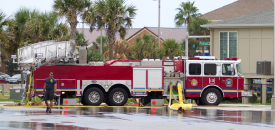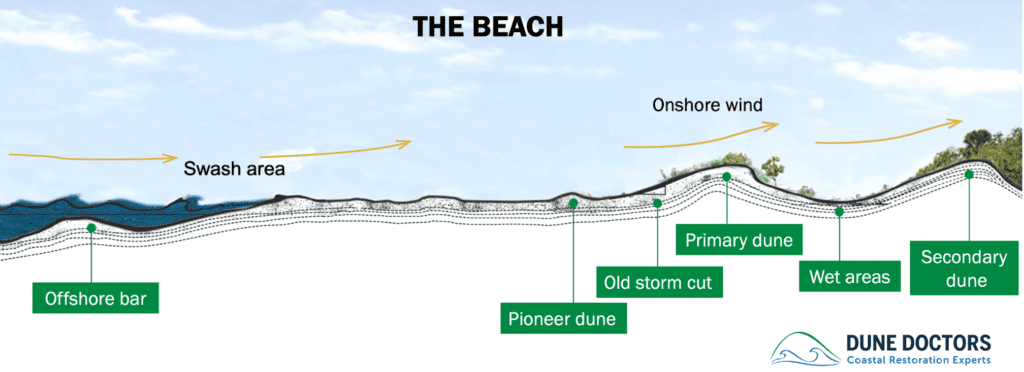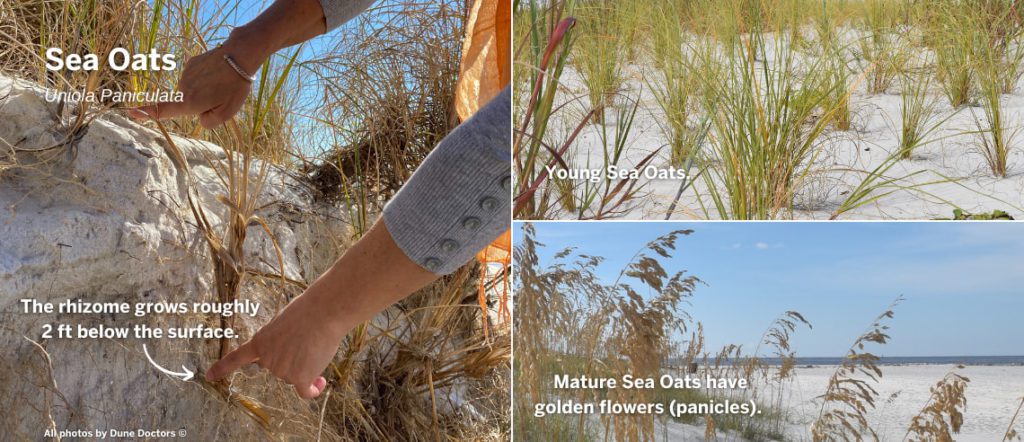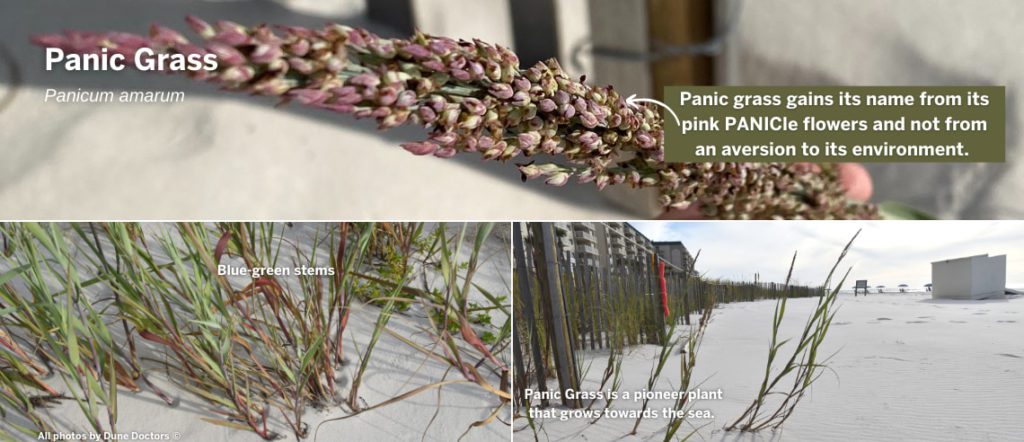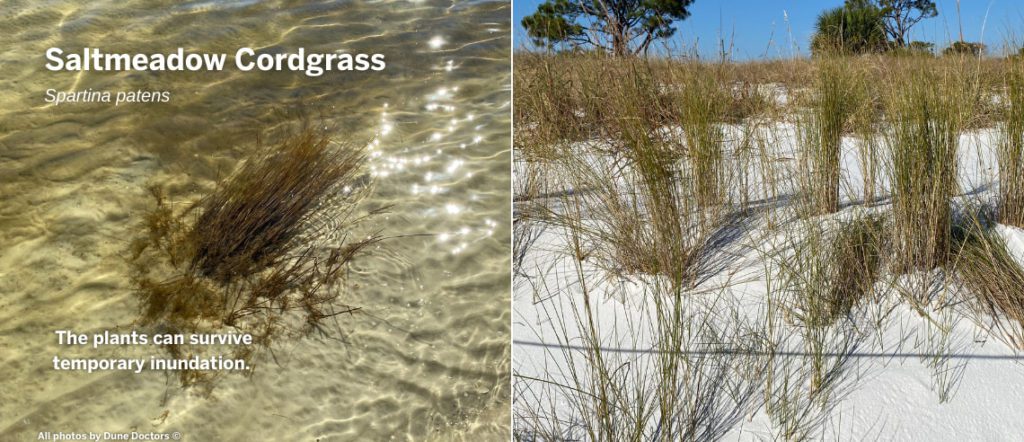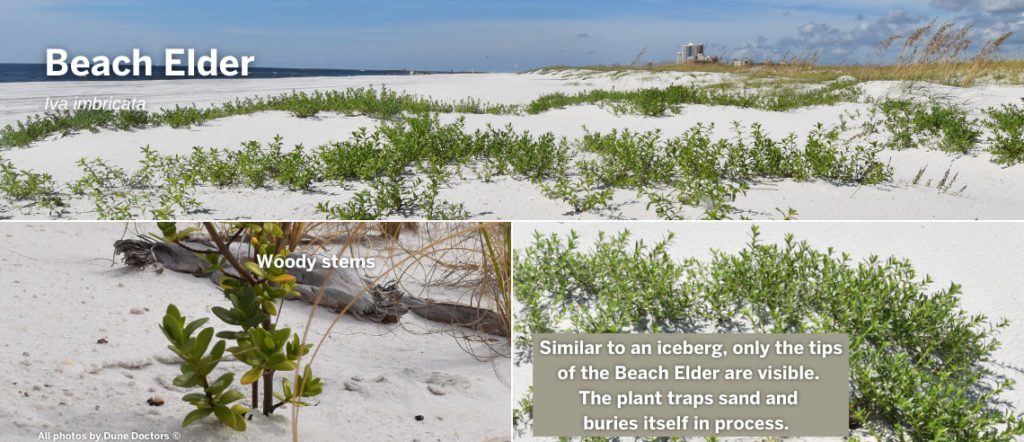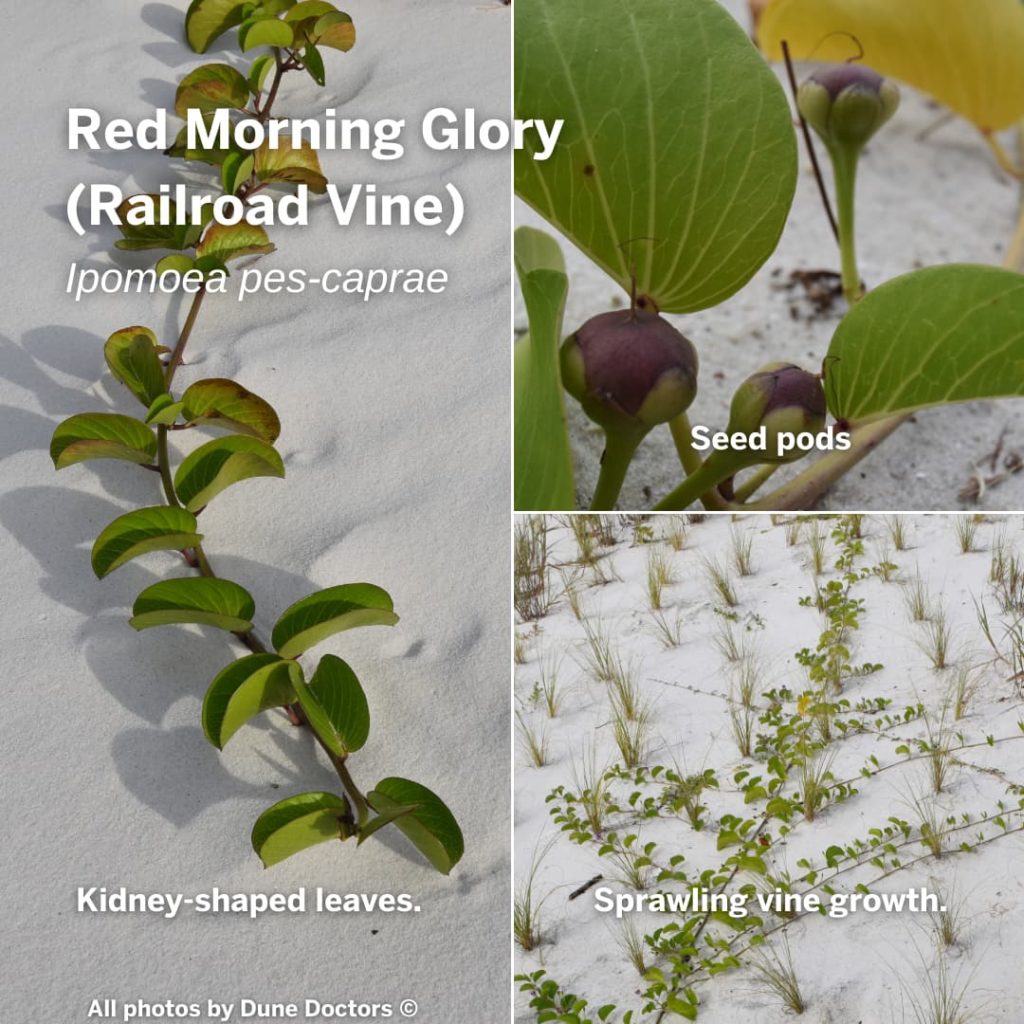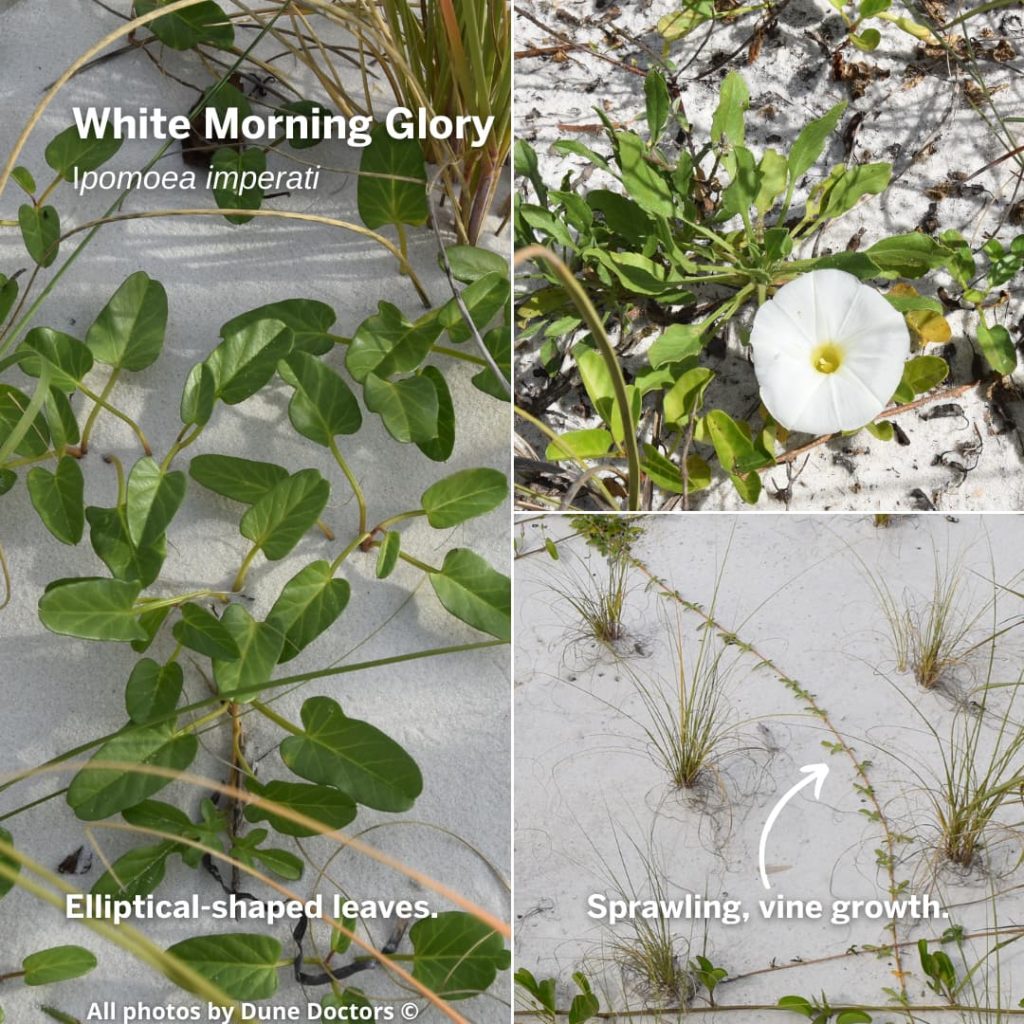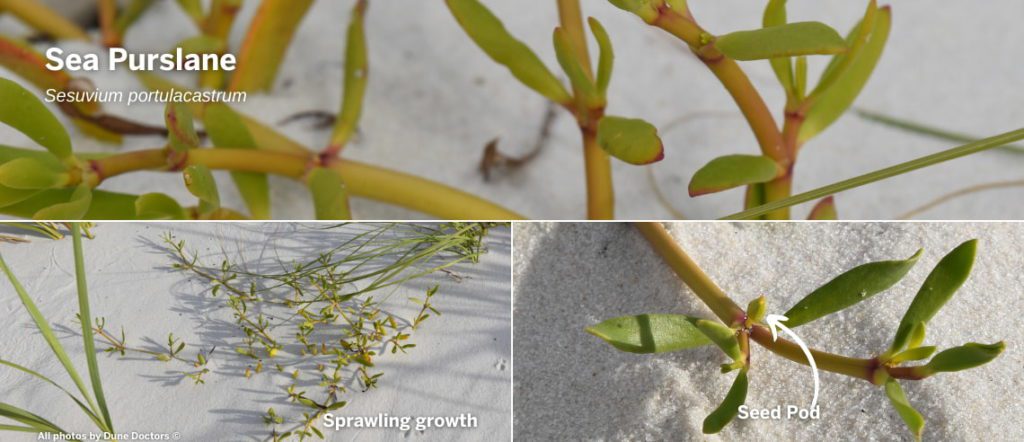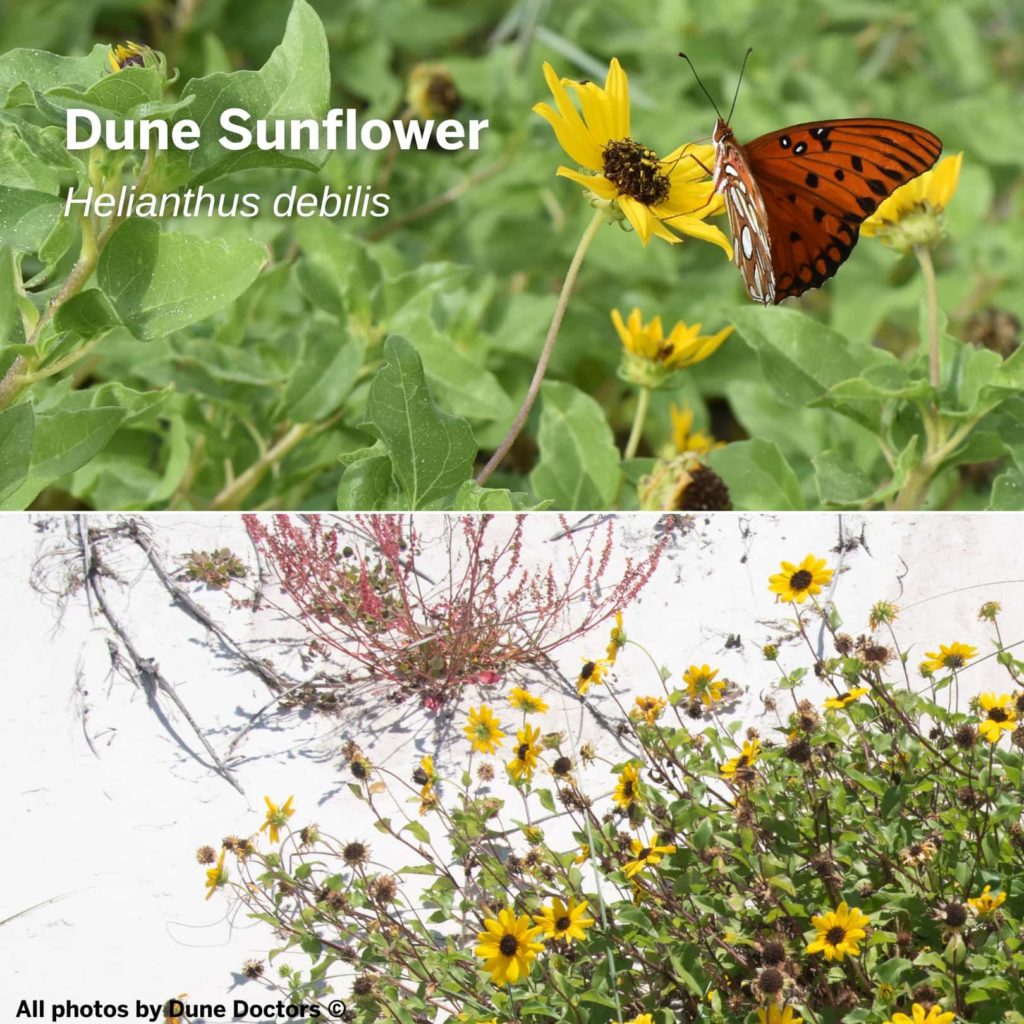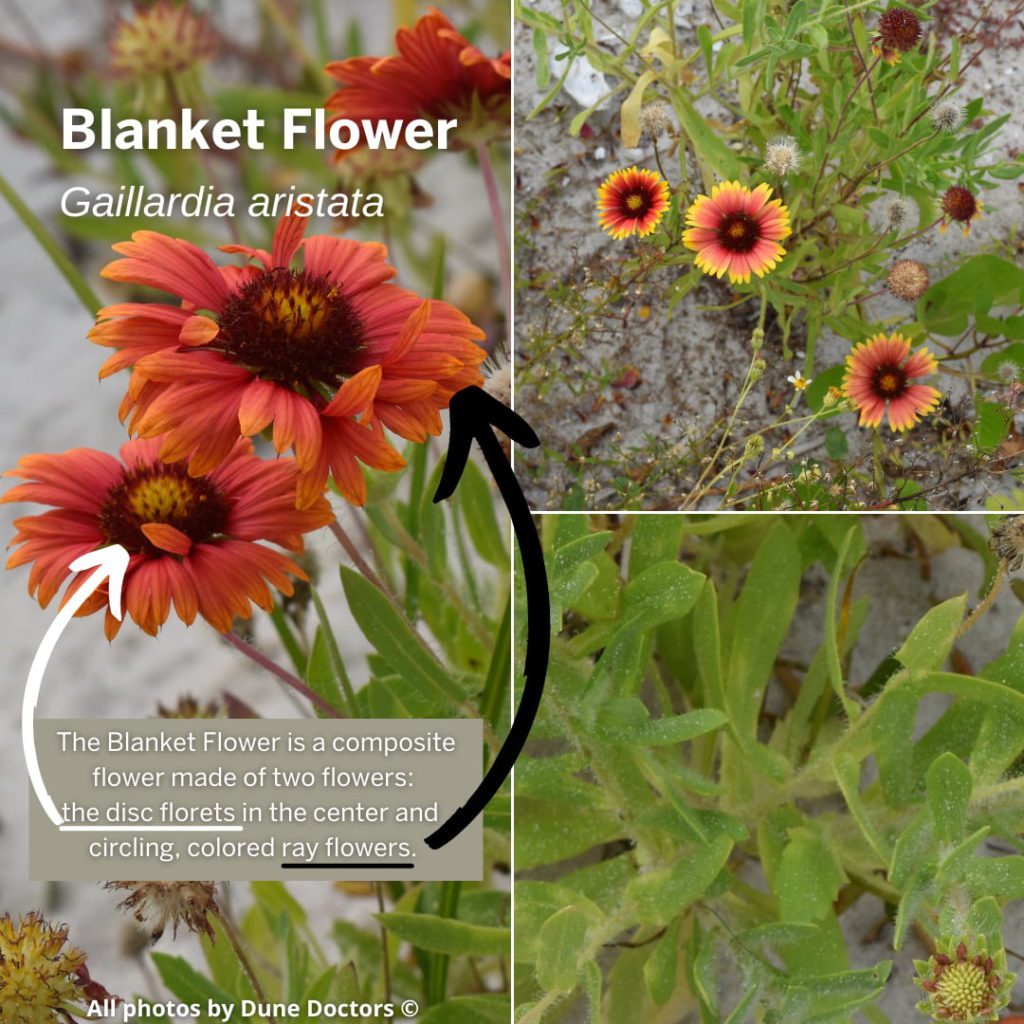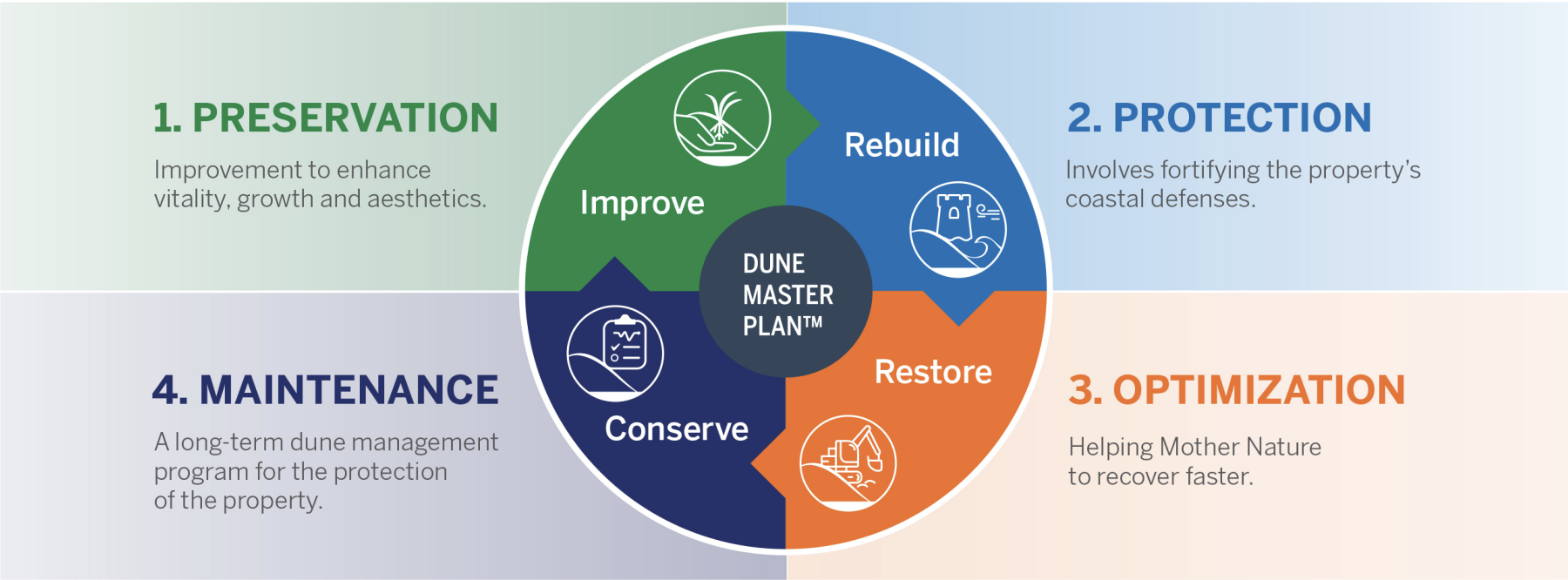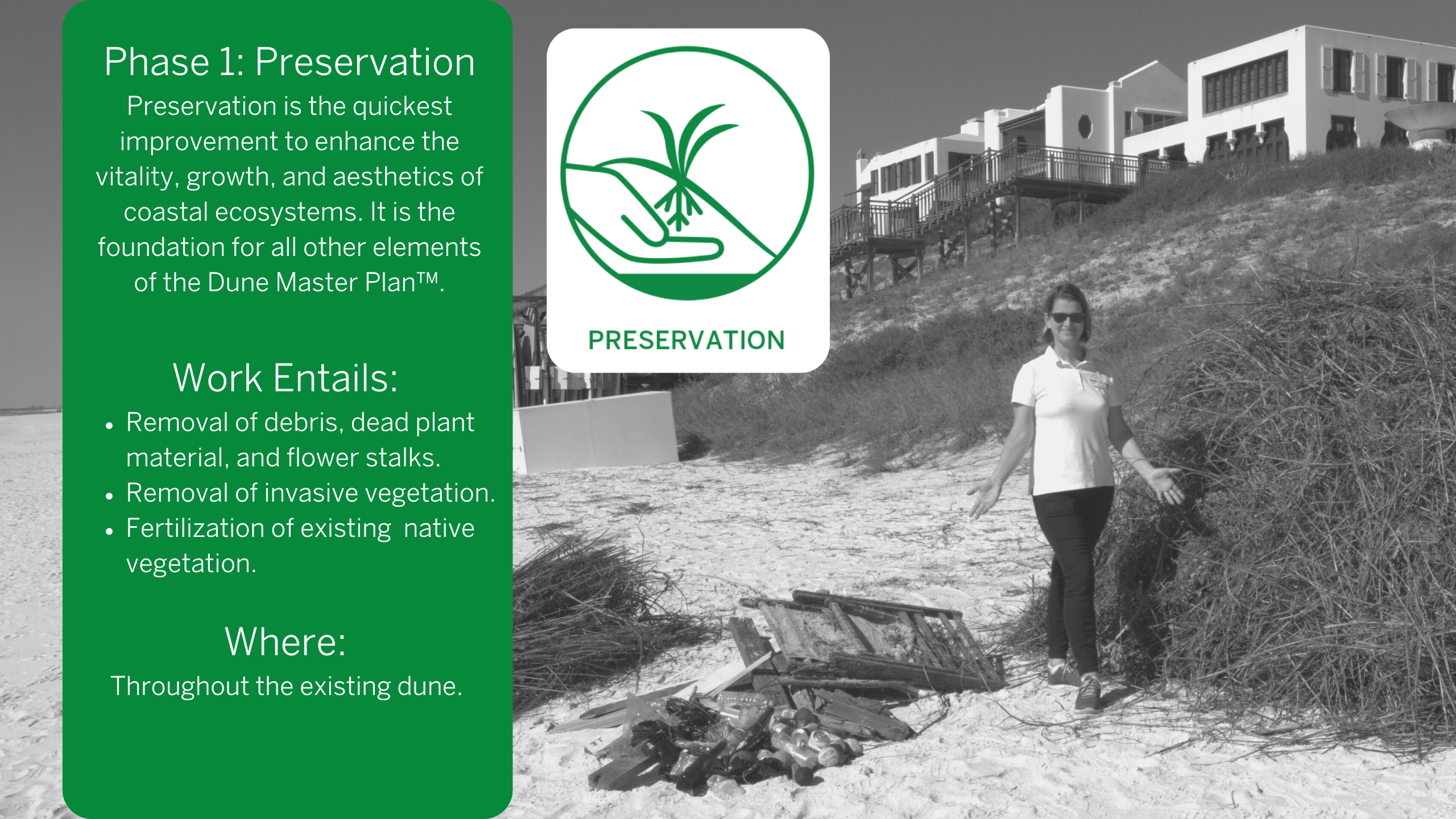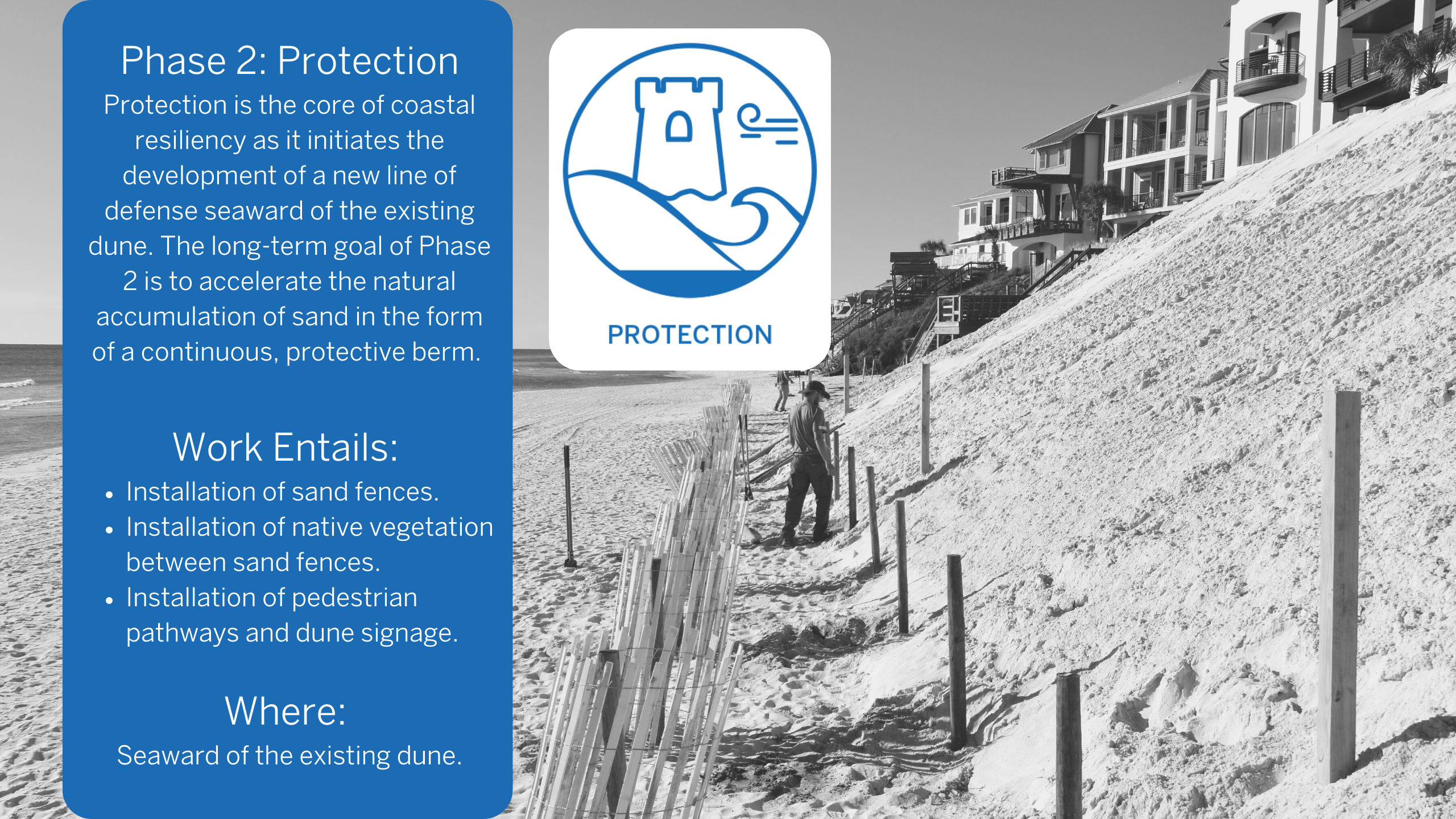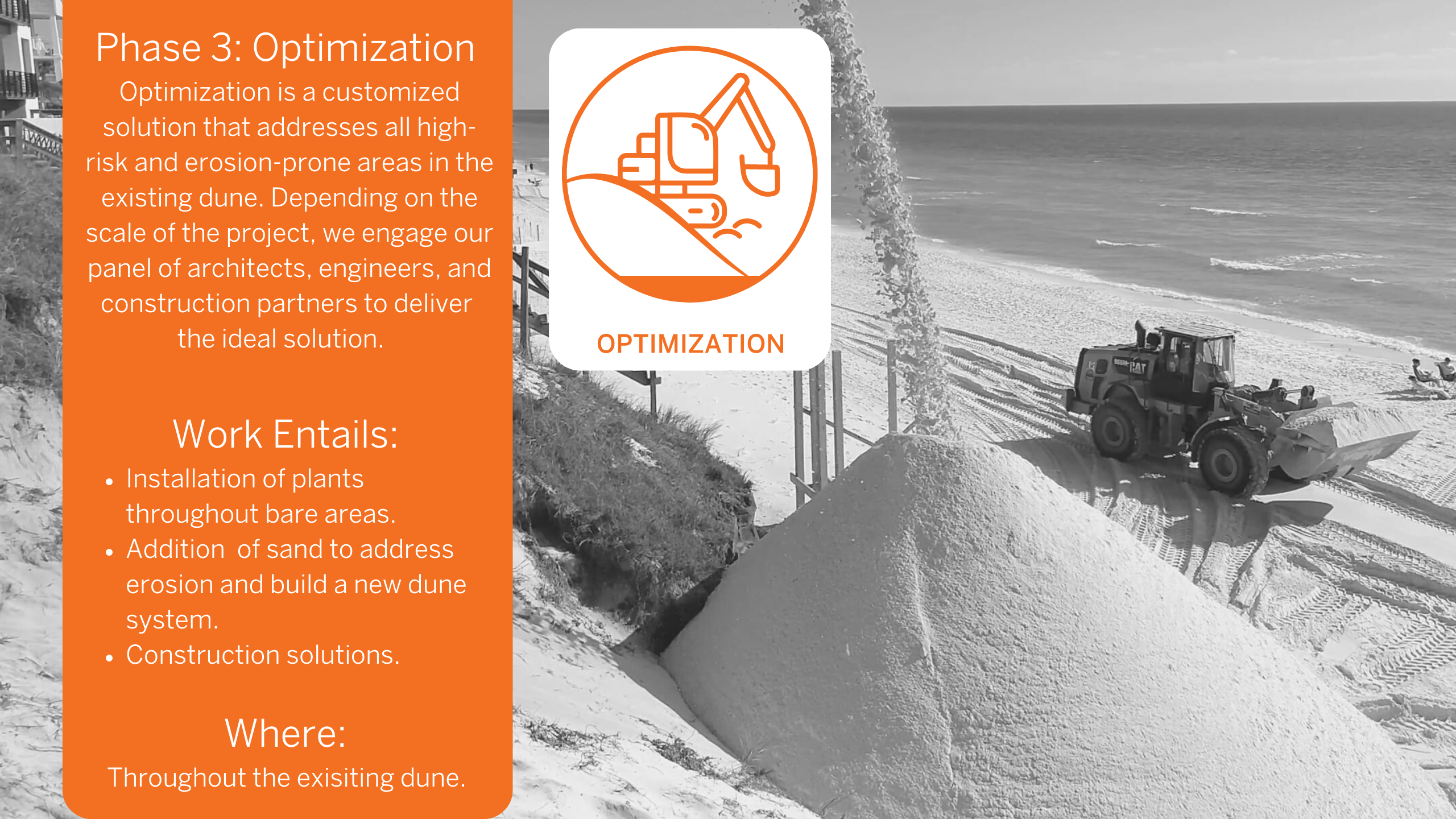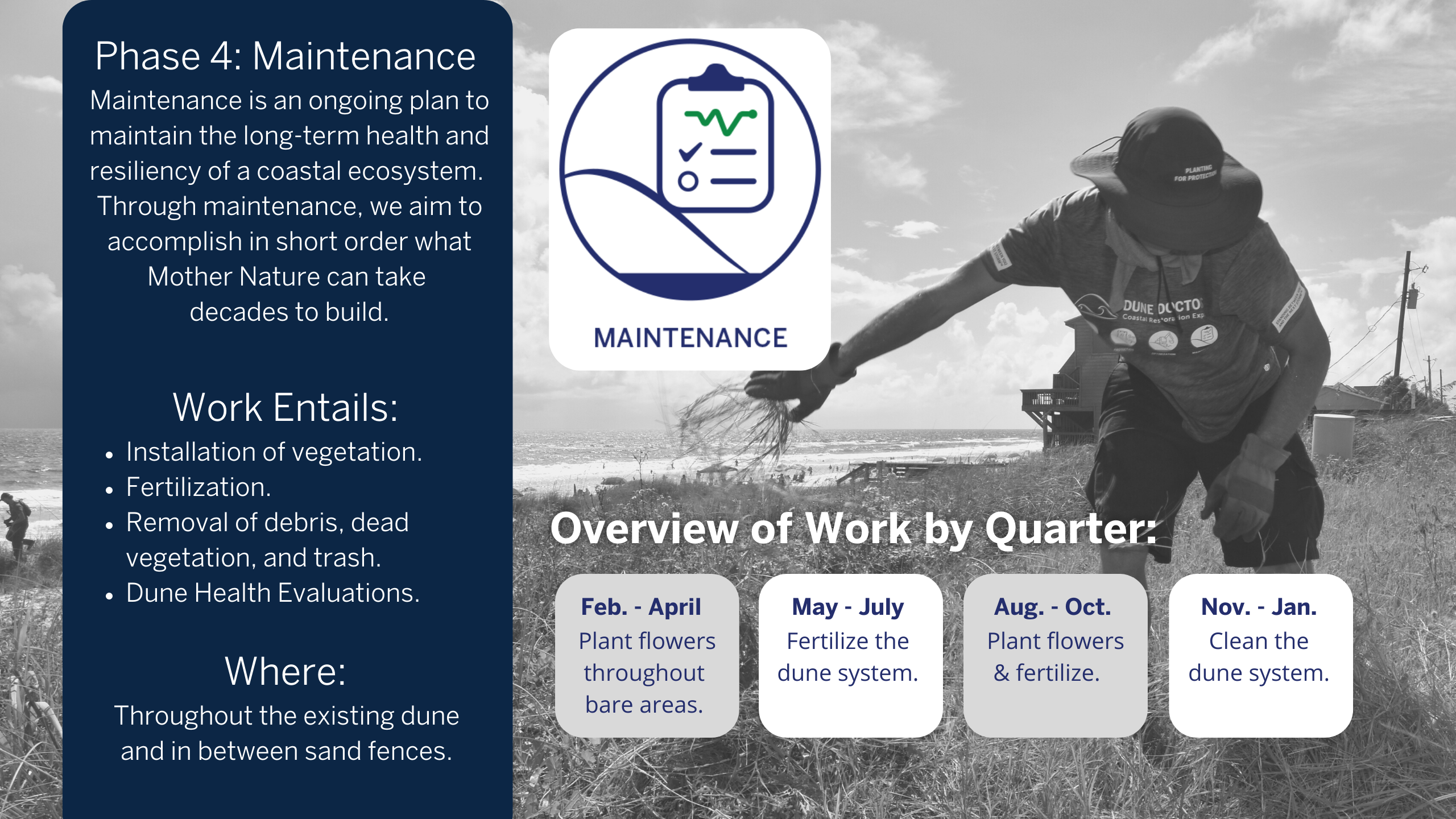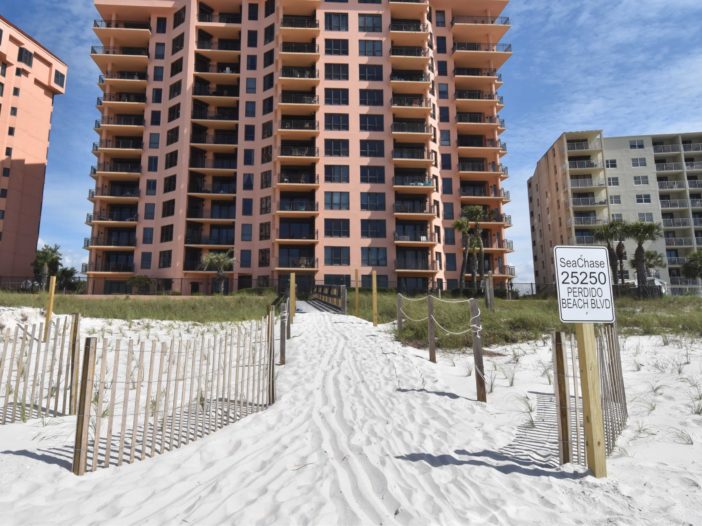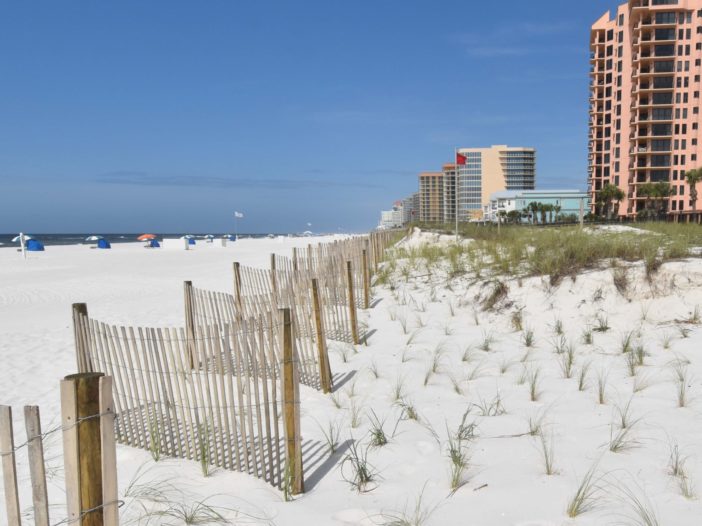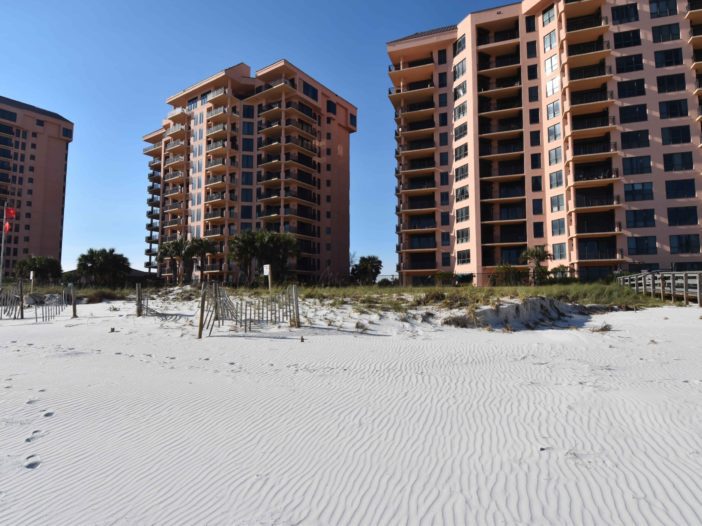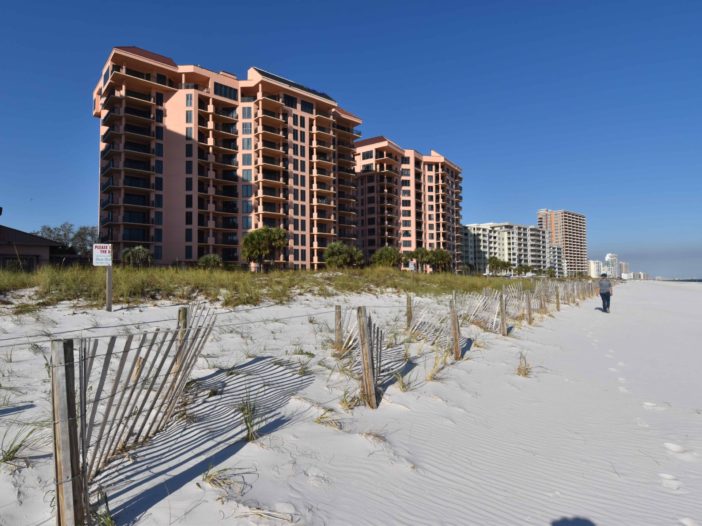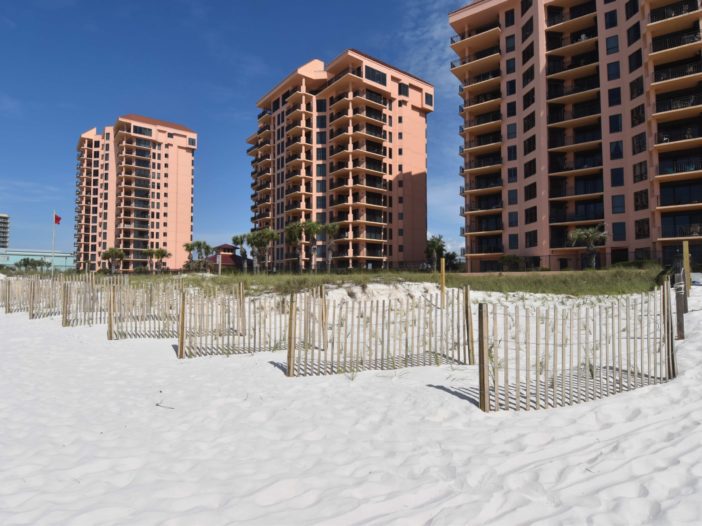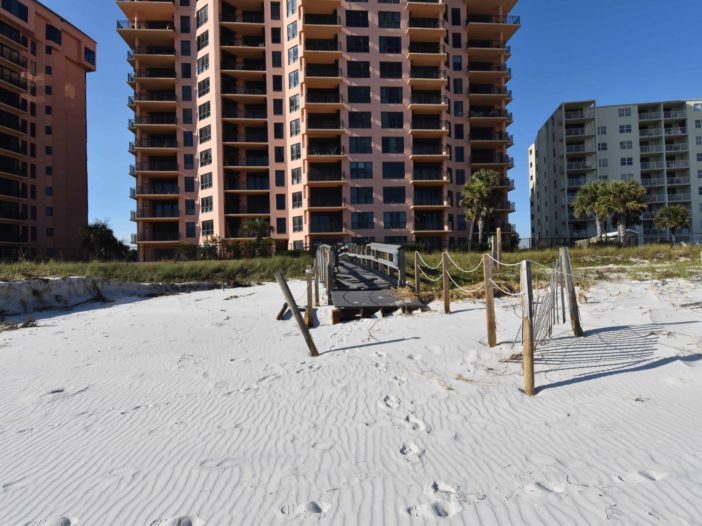How Dune Doctors Develops Tailored Solutions for Your Coastal Property
Article Highlight: Coastal Communities sell one main product: their beach! Invest in your native coastal landscape to address erosion-prone areas, build protection, and enhance the aesthetics of your dune system.
Key Takeaway: Because the Dune Ecosystem and Beach are heavily regulated environments, work with a Coastal Restoration Expert to be in full compliance with local, state and federal regulations.
Application: Schedule your Dune Health Assessment today, so you are fully aware of the state of your coastal landscape and can act accordingly.
What is a Dune Health Assessment
What is a Dune Health Assessment? Typically, when clients contact Dune Doctors, they are eager to protect their property by enhancing their native coastal landscape. A phrase we hear a lot is: “Can you tell me if my dunes are the best they can be?” The first step towards building coastal resiliency is to have our team perform a Dune Health Assessment. This first site visit will help determine if there are any failure points or erosion-prone areas throughout your dune system. While walking your property, our Coastal Restoration Experts will measure its berm-building capacity, determine the health levels of existing vegetation, and develop a long-term vision for its continuous improvement through maintenance. The Dune Health Assessment provides the data necessary to develop tailored solutions presented back to you in our four-phase proposal called the Dune Master Plan™. To help you better understand how our Coastal Restoration Experts evaluate your dune system during this first visit, we have listed the 22 symptoms we look for.
What is the Dune Master PlanTM?
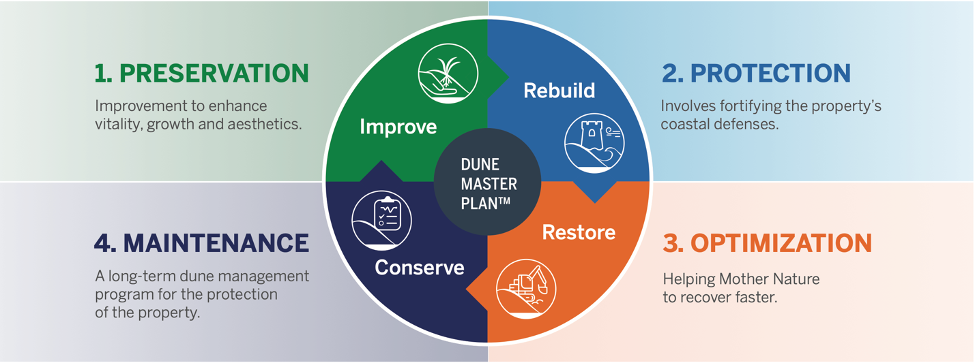
The Dune Master PlanTM (DMPTM) is a comprehensive and proactive long-term plan for coastal resiliency. Much like a landscape architect’s plan, the DMPTM provides a roadmap to ‘what good looks like’ and allows the flexibility of both scope and time based on your needs and budget. The four phases that make up the Dune Master PlanTM are Preservation, Protection, Optimization, and Maintenance.
Symptoms that Phase 1: Preservation Addresses
Thatch
Thatch is the build-up of dead plant material around the base of the plants. It is highly flammable when dry; and, if wet, thatch provides a hospitable environment for diseases that can kill the plant.
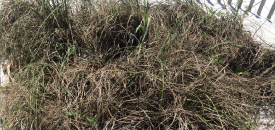
Dune Fires
If dead plant material (thatch) is allowed to accumulate throughout the dune, a single spark (from cigarettes or fireworks) can ignite dry thatch and damage living plants in the process. From experience, native dune vegetation does not recover well from a fire.
Invasive Plants
Invasive vegetation can crowd out the dune environment. They will compete with and may risk displacing the native plants. Because invasive plants have not coevolved with the environment, they do not fulfill the same ecological functions as native vegetation. They cannot anchor sand in place as effectively and should be removed carefully.
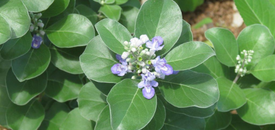
to the Gulf Coast.
Protected Scrub Zone
The scrub zone, boasting woody shrubs and trees, can sometimes be negatively impacted by aggressive vines that grow over the canopy. The vines block sunlight and the trees begin to wither. The height of certain trees may also occasionally obscure an ocean view, so some property owners may wish to trim down their scrub zone. Due to the valuable root systems of the scrub zone, the Department of Environmental Protection only allows Coastal Restoration Experts to remove 12 inches max from the height of the scrub zone’s canopy.
NOTE: Any unauthorized work in the scrub zone will result in legal consequences, in addition to severely threatening the stability of the property’s dune.
What Solutions does Phase 1: Preservation Provide?
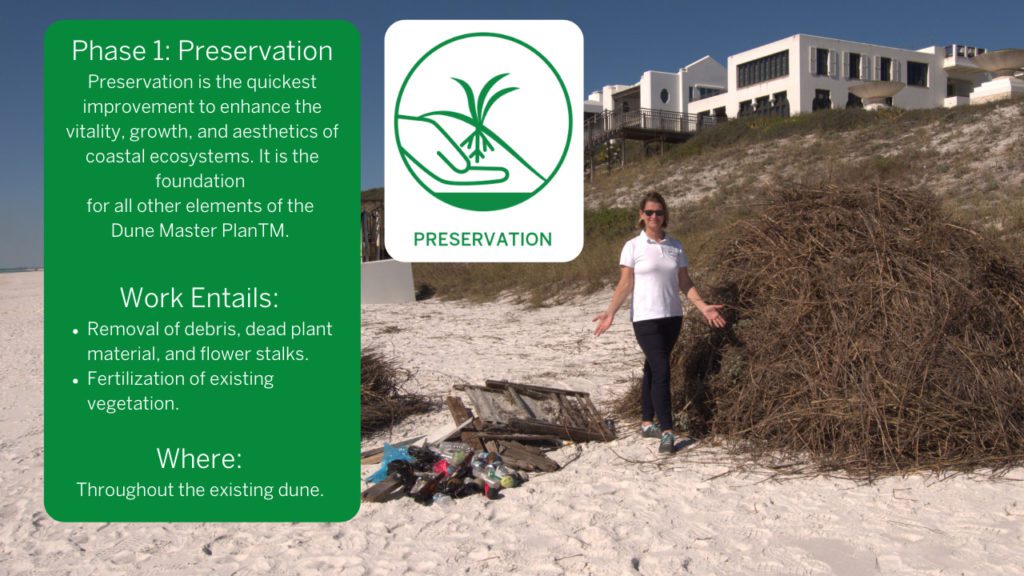
The work we recommend implanting in Phase 1 addresses the issues listed above by revitalizing the native vegetation on your existing dune.
Through Phase 1, Dune Doctors:
- Delicately removes any thatch (dead plant material), build-up of trash, and detrimental plants from the dune system.
- After extracting these harmful elements, our restoration experts fertilize the native coastal vegetation to strengthen their root systems. (Click here to learn more about dune fertilization.)
Symptoms that Phase 2: Protection Addresses
Broken, Buried, or Incorrectly Installed Sand Fences
When our Coastal Restoration Experts encounter sand fences on a property, they are typically in three different states: broken, buried, or incorrectly installed.
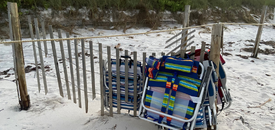
What are the impacts of broken, buried, or incorrectly installed sand fences?
- The jagged edges of broken fences present a safety hazard to beachgoers and wildlife.
- If sand has buried the fences, the fences can no longer capture moving sand, slowing down the process of an even sand accretion across the width of the property.
- If sand fences are installed incorrectly and do not follow environmental regulations, the installation will also pose a hazard to wildlife and beachgoers and may result in legal consequences.
No Dune System
A coastal property without a dune system risks the loss of ground-level structures at the slightest storm. Storm surge will quickly plow landward and crash full force into waterfront buildings, resulting in structural, economic (indefinite closure will cause revenue loss), and environmental damages (the wave action will carry debris along the coast and further inland).
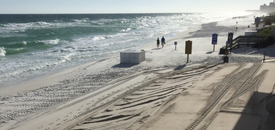
Regulatory Issues
Regional, state, and federal authorities oversee the protection and development of the coastline. Obtaining the necessary permits from these different organizations can be challenging, but unauthorized restoration efforts may result in hefty fines.

Click here to access our contact list for FL & AL.
What Solutions does Phase 2: Protection Present?
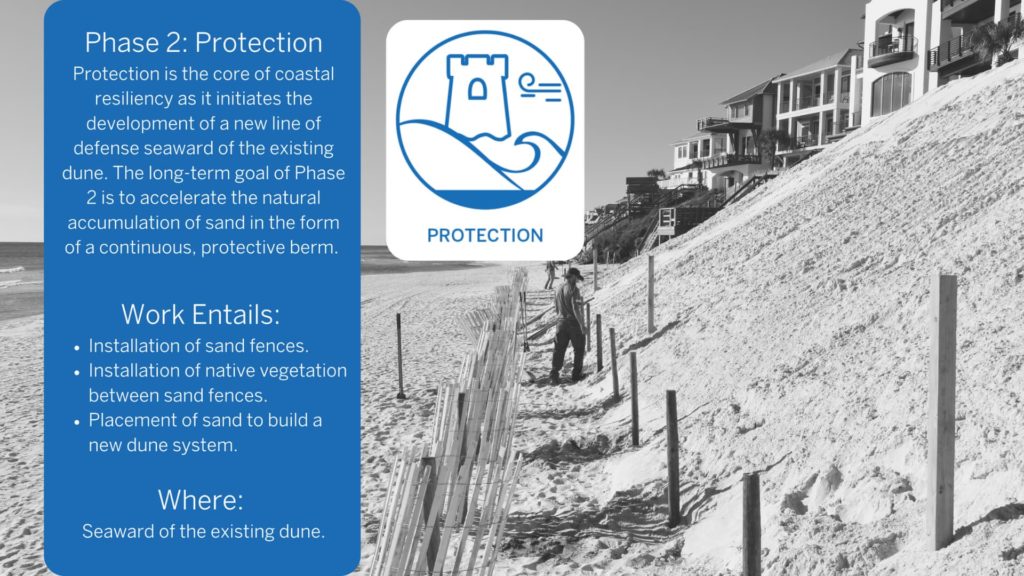
Through Phase 2, Dune Doctors resolves the issues above by:
- Obtaining all necessary permits on your behalf to build a new dune system or implement work seaward of your existing dune.
- Installing environmentally compliant sand fences and dune-stabilizing native grasses and flowers to encourage sand accretion (build-up) in the shape of a berm (a berm is a continuous sand barrier even in distribution and height that extends along the entire property’s width).
- Installing no-trespassing signs to discourage beachgoers from walking on the developing berm. (Click here to find out more ways to protect your berm.)
- Roping off a pathway from the bottom of the boardwalk through the vegetation to the fences to limit foot traffic erosion and create safe passage for beachgoers.
Symptoms that Phase 3: Optimization Addresses
Bare Areas
If a dune has un-vegetated, bare areas, wind, and wave action will erode the loose sand resulting in irregular depressions throughout the dune. Vegetation is critical to stabilizing dune systems. Ground covers exhibit sprawling, surface-level growth that retains sand while other dune-building grasses weave complex root systems through the core of the dune, anchoring the sand in place.
No Native Vegetation
After a storm, we sometimes find that communities relocate large piles of sand to replace eroded dunes, which is excellent; however, without installing native vegetation to stabilize the new mound, the loose sand will rapidly erode at the slightest storm event. Bare sand mounds cannot protect coastal communities against the pounding action of storm surge (continue reading about the formation of dunes here).
Foot Paths
Coastal vegetation is the primary coastal force stabilizing dunes and protective berms. While the plants can survive temporary inundation, scorching sunlight, and salt spray, they cannot survive the localized pressure of a footstep. Foot traffic kills vegetation and, in the process, weakens the dune.
Boardwalks
The regulatory purpose of a boardwalk is to provide safe passage to beachgoers while not disturbing the development of coastal dunes. Erosion occurs around a boardwalk in two main ways.
- If a dune has evolved past the boardwalk, foot traffic will create a non-vegetated depression en route to the beach.
- Another common issue is stormwater run-off channeling below the boardwalk. If not addressed, this destructive water flow will undermine the stability of the boardwalk by eroding the sand from around its foundation.
Sand Relocation
Development has impacted coastal wind flows, resulting in odd sand distribution patterns. Often, wind erodes sand from around the corners of waterfront buildings or paved pathways and pushes the sediment to undesirable places like the community pool deck. If not addressed, this erosion may result in cracked foundations and create a costly structural and safety hazard.
Dune Blowouts and Dune Cliffs
A dune blowout occurs when a storm surge breaches the dune system and severely erodes sand along the water’s pathway. A dune cliff is when water does not breach, but it carves out the dune, resulting in an unnaturally shaped vertical wall of sand. Both severely threaten the integrity of the dune system and present safety hazards to beachgoers and wildlife (How to Protect beachgoers from Collapsing Dunes).
Loss of Beach
During a storm, destructive wave action erodes sand from the beach and usually deposits the sediment in pockets right offshore. If given a few weeks, wave and wind action will likely push some of the sand back landward. As scary as a severely eroded beach may look, we often encourage people to be patient and wait for the beach to start recovering its width naturally.
What Solutions does Phase 3: Optimization Provide?
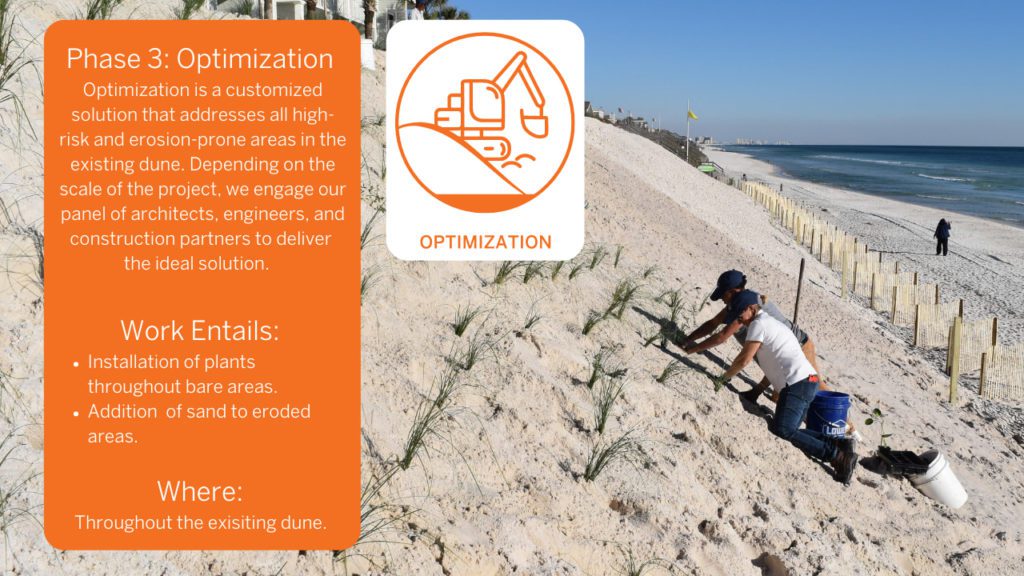
Phase 3 addresses the issues above by optimizing and strengthening your existing coastal dune:
- Dune Doctors identifies erosion threats and, if needed, strategizes construction solutions, including installing a new boardwalk that accounts for the dune’s seaward evolution or the placement of large volumes of sand to repair erosion.
- Our Coastal Restoration Experts install native plants to stabilize bare areas throughout the dune and property.
- Dune Doctors plant coastal flowers to enhance the natural aesthetics of the dune and increase plant diversity. View our plant selection here.
Issues that Phase 4 Maintenance Addresses
Aesthetics
Coastal communities sell one main product: their beach. Unruly dune environments can take away from the aesthetic appeal and may negatively impact renters’ perception of the property.
Invasive Pests
The presence of pests indicates a trash extraction problem. Invasive predators like rats can quickly colonize a dune system (especially one overrun with dead plant material) and attract snakes, lowering the aesthetic value of the coastal property and threatening native wildlife.
Irrigation
An irrigation system that reaches the dune undermines the capacity of native vegetation to stabilize the sand. A consistent surface-level source of moisture will result in weaker, shorter root systems that cannot effectively protect against erosion. Any irrigation will nullify Dune Doctors’ plant survival guarantee.
Fertilization
Coastal vegetation has evolved to survive its nutrient-deficient environment, but, sometimes, well-meaning homeowners attempt to encourage their plants’ growth by applying the wrong fertilizer (intended for composite soil) on their dune. The fertilizer will wash away before the plants can absorb any nutrients. This incompatible fertilizer unnecessarily pollutes the environment and is a chemical hazard for beachgoers and wildlife.
Issues that Phase 4 Maintenance Addresses
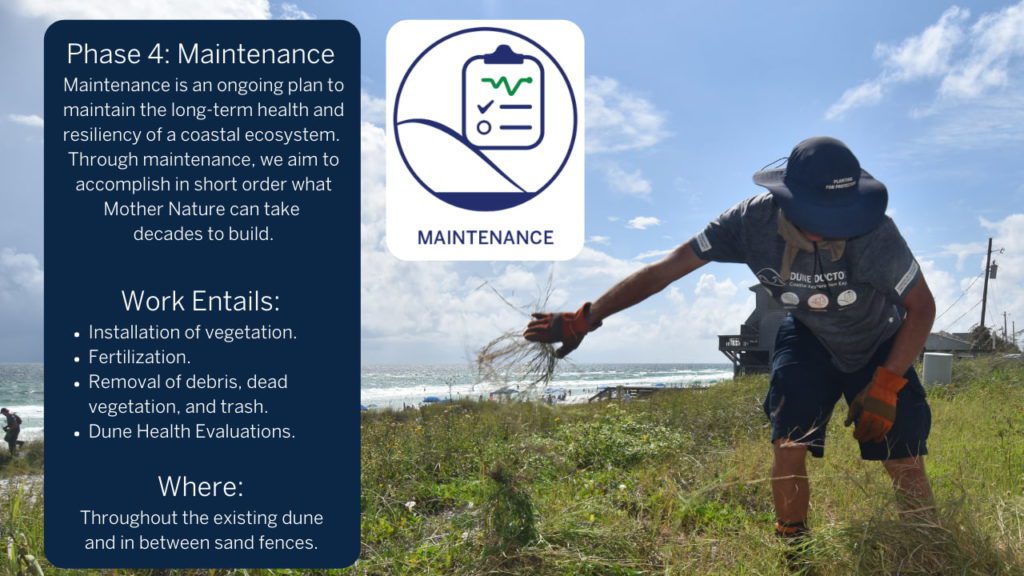
Through Phase 4, Dune Doctors addresses all of the issues above by:
- Performing quarterly visits to monitor the development of your dune system and make recommendations based on our findings. The visits align with the growing cycle of coastal vegetation.
- Gently removing invasive plant species, debris, and dead plant material (thatch) while the plants are dormant.
- Fertilizing the existing plants while the plants are active.
- Installing native coastal flowers and stabilizing grasses to bolster both the dune’s aesthetics and integrity.
Schedule Your Dune Health Assessment Today!
If you detect that one or more of these issues may be present on your coastal property, contact Dune Doctors to request a Dune Health Assessment. Our team will walk your coastal landscape with you and point out problem areas that can be corrected and improved. Rest assured that the Dune Master Plan™ can resolve all the issues above. Reach out to our team today to schedule your first site visit, and let us develop a long-term vision for your coastal property together!
